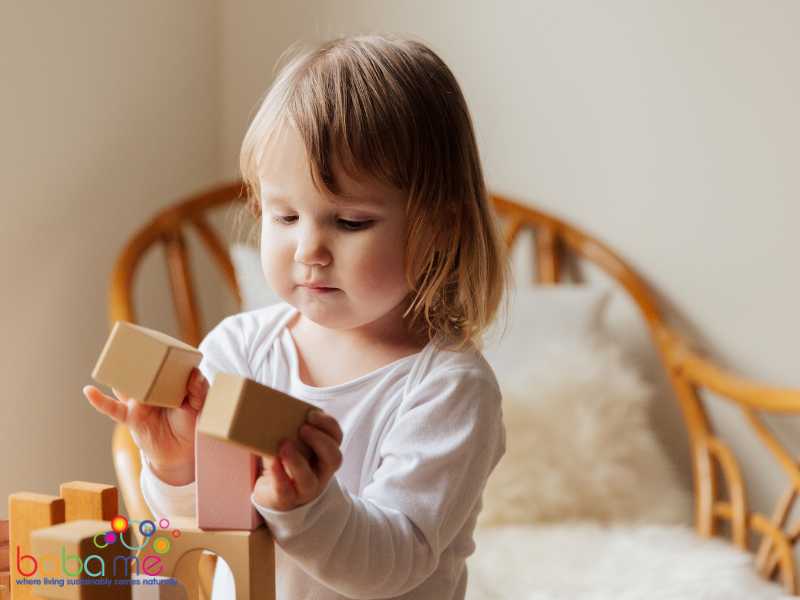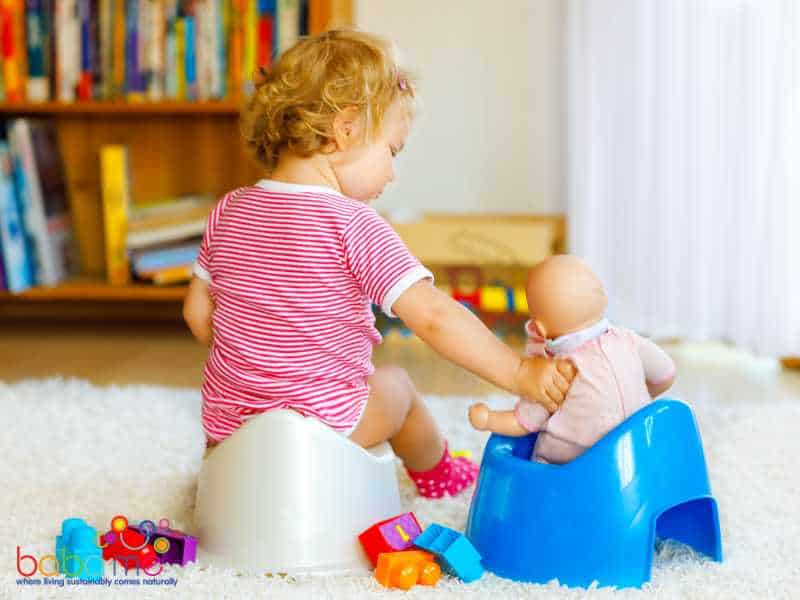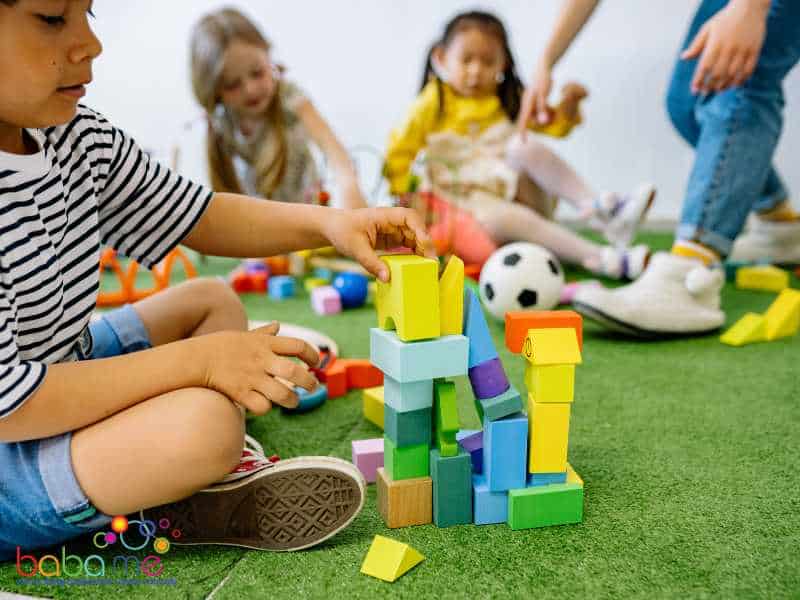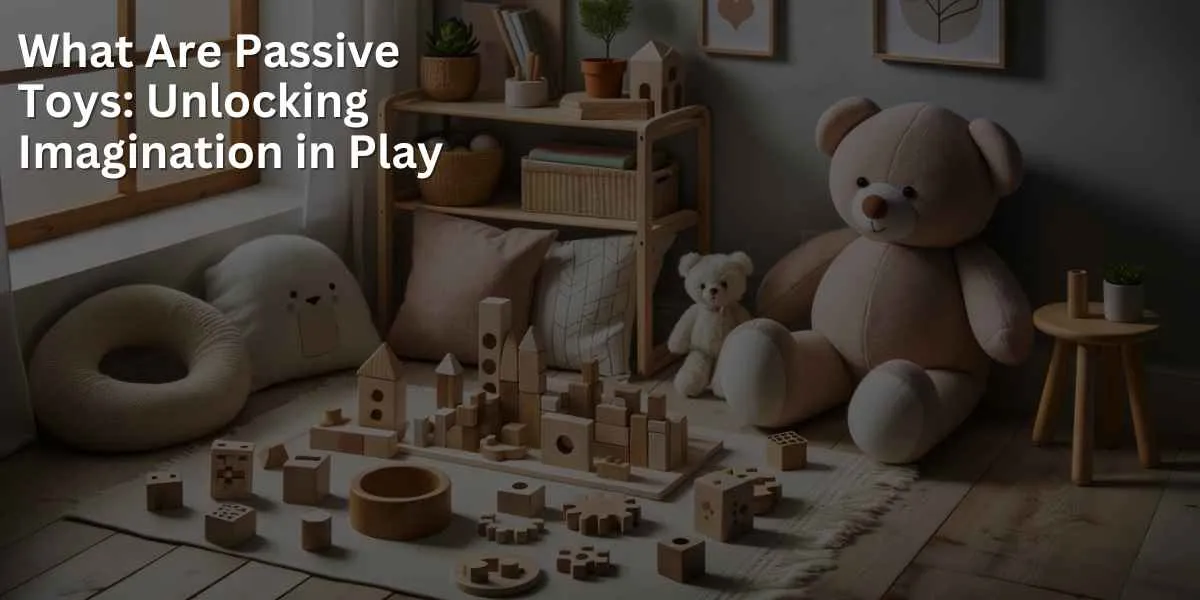In a world dominated by high-tech gadgets and electronic entertainment, the charm and significance of passive toys often go unnoticed.
Yet, these are the very toys that have fostered creativity and imagination for centuries. Unscripted and unrestricted, passive toys present endless possibilities, requiring children to breathe life into them, thus playing an indispensable role in cognitive and imaginative development.
Let’s dive into the many benefits of passive toys.
Key Takeaways
Unscripted Magic: Unlike high-tech gadgets, passive toys have no preset rules or outcomes, unlocking pure creativity.
Boosts Cognitive Development: These toys challenge children, enhancing problem-solving and critical thinking skills and they also teach children perseverance.
Fuel for Imagination: Passive toys are a blank canvas, allowing children to create their own narratives and adventures.
Less is More: With their simplicity, passive toys often offer more developmental benefits than their electronic counterparts.
Endless Possibilities: Without limitations, every play session can be a new experience, fostering diverse thought.
Promotes Active Engagement: Children become active participants in their play, rather than passive consumers of digital content.
What Are Passive Toys?
Passive toys are those that require active involvement and creativity from the child. Unlike electronic or “active” toys that might light up, make noise, or move on their own when a button is pressed, passive toys are silent and motionless until a child interacts with them. They rely on the child’s imagination and input for children play. Classic examples of passive toys include wooden blocks, dolls, crayons, and puzzles.
The beauty of passive toys is that they don’t dictate how they should be used. A block can become a car, a phone, a piece of food, or part of a larger construction project. This open-ended nature of passive toys encourages creativity, problem-solving, and cognitive development in children.
They also tend to have a longer play-life since children can use them in different ways as they grow and their play evolves.

Benefits of Passive Toys
Passive toys are simple, non-electronic toys that do not move, sing, clap, or dance on their own. They are also known as “open-ended” toys because they can be used in a variety of ways, allowing children to use their imagination and creativity. Here are some benefits of passive toys:
Encourages independent play: Passive toys do not require adult supervision or interaction, allowing children to play independently and develop their own ideas and skills.
Develops fine motor skills: Many passive toys such as building blocks, puzzles, and shape sorters require the use of small muscles in the hands and fingers, helping to develop fine motor skills.
Provides sensory stimulation: Passive toys such as sensory balls, textured toys, and soft toys provide different textures, sounds, and sensations, helping to stimulate a child’s senses.
Fuels imagination: Passive toys do not have a set way of playing with them, allowing children to use their imagination and creativity to come up with their own ways of playing. The child activates all their senses, becoming an active learner in every experience.
Promotes problem-solving skills: Passive toys such as puzzles and building blocks require problem-solving skills to figure out how to fit the pieces together (often mathematical relationships are understood using these toys). child activates all the child active learner

Types of Passive Toys
Visual Stimulation Toys
Visual stimulation toys are designed to encourage the development of a baby’s visual acuity. These toys are typically brightly colored and have high-contrast patterns that are visually appealing to babies.
Examples of visual stimulation toys include black and white mobiles, picture books with simple, bold images, and soft toys with contrasting colors.
Auditory Stimulation Toys
Auditory stimulation toys are designed to encourage the development of a baby’s hearing and listening skills. These toys often produce sounds or music that attract the baby’s attention and encourage them to listen and explore.
Auditory stimulation toys for babies include rattles, musical toys, and toys that make crinkling or squeaking sounds.
Tactile Stimulation Toys
Tactile stimulation toys are designed to encourage the development of a baby’s sense of touch. These toys often have different textures and materials that babies can explore with their hands and mouths.
Tactile stimulation toys include soft toys with different textures, teething toys, and toys with different fabrics or materials.
Movement Stimulation Toys
Movement stimulation toys are designed to encourage the development of a baby’s gross motor skills. These toys often require babies to move and manipulate them in order to produce a reaction.
Movement stimulation toys include balls, push toys, and toys that require pulling or twisting movements.

FAQs On Passive Toys
What is passive play in child development?
Passive play in child development refers to activities that promote free uninterrupted play, for example, allowing children to explore, experiment, and use their imagination. These activities encourage problem-solving skills, creativity, and investigative skills without the need for external guidance or direct interaction from a parent or caregiver.
What is an active toy?
An active toy is a plaything designed to promote physical activity, movement, and the development of gross motor skills. These toys typically require the child to actively engage with them, such as a ball, a tricycle, or a jump rope. Active toys help children develop coordination, balance, and physical fitness while also providing entertainment and fun.
What is passive vs active toys?
Passive toys are those that encourage independent exploration, creativity, and problem-solving without requiring direct interaction or physical exertion from the child. Examples of passive toys include puzzles, building blocks, art materials, and manipulatives that teach mathematical relationships.
Active toys, on the other hand, are designed to promote physical activity, movement, and the development of gross motor skills.





